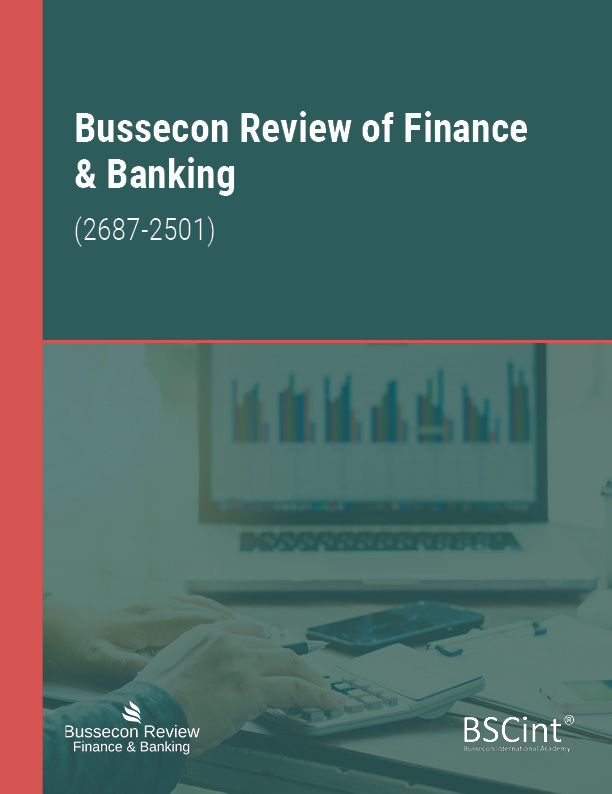
Bussecon Review of Finance & Banking
Yazarlar: Sovik Mukherjee
Konular:-
DOI:10.36096/brfb.v1i1.78
Anahtar Kelimeler:Co-integration,FRDI Bill,Granger Causality,NPA Ratio,Recession
Özet: The introduction of the New Economic Policy (NEP) in 1991 by the Government of India (GoI) made it very clear that the viability of commercial banks is conditioned on their ability to make profits. In a globalized world, the whims and fancies of business cycles govern the fate of banks and a recessionary phase hampers the bank’s ability to pile on the profits thereby increasing their stock of non-performing assets. India, recently, is placed in a very bizarre situation, — some of the renowned banks are reporting huge losses but there is a very limited impact on stock markets. Strategically, the government, however, has taken corrective measures to arrest the growth of non-performing assets (NPAs) of banks. One such recent move being the tabling of the Financial Resolution and Deposit Insurance Bill (FRDI) 2017 in the monsoon session of the Parliament. This FRDI Bill pushes for a resolution corporation to monitor the financial companies, to check their risk profiles and intervene in a critical situation when such financial institutions are on the verge of bankruptcy. If it is meant to secure the interest of the customers, then why are we terrified? Recently, in this context, there has been a lot of furore among public in India. This brings us to the flaws in such an innovative policy meant for strategic management of NPAs of banks. Actually, anxiety creeps in through the inbuilt “bail-in clause” which says that to rescue a sick financial corporation (say, a bank, for instance) which is on the brink of becoming bankrupt, the creditors and depositors’ money will be used to bail out that particular financial institution. When people perceive that their deposited money is under risk, then their faith in an institution called “bank” will definitely take a beating. The moment people are reluctant to hold their money in the form of savings, invariably, the banking sector of the economy will not only collapse but along with it ensure the collapse of the entire economy. In this background, the structural macroeconomic model developed by the author is innovative as it not only incorporates people’s perception but also draws out inferences from the policies undertaken by the government or central bank to bail out banks having non-performing assets at times of recession. Based on the theoretical structure, this paper builds upon a time series model capturing the position of NPAs of banks in India (excluding foreign banks operating in India). Empirically, there is a uni-directional causal relationship running from NPAs of banks to growth. Theoretically, what we can conclude is that imposing strict lending norms on banks actually manifests itself into a deeper recession, lowers growth and in turn aggravates the NPA problem further.